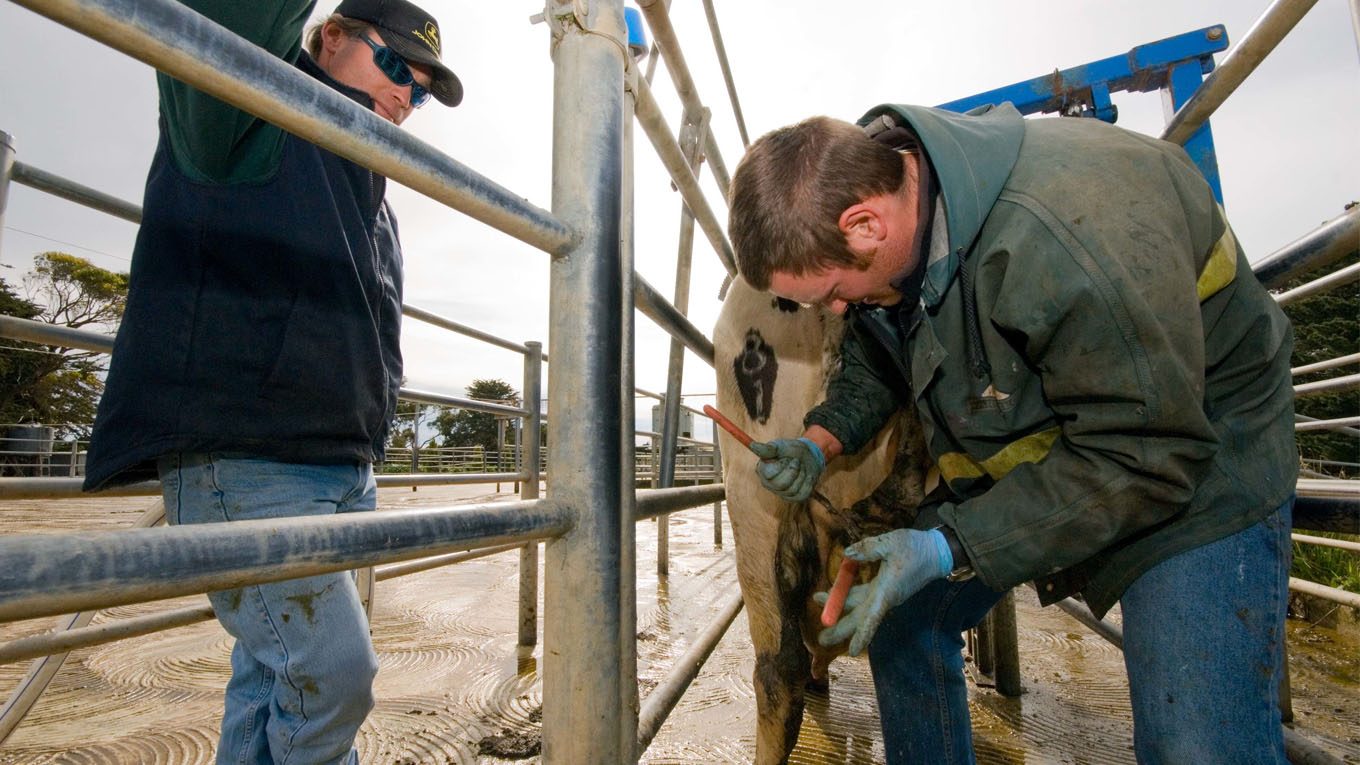Managing Clinical Mastitis
Whilst prevention of new clinical mastitis cases needs to be a major focus, it is inevitable that dairy farms will need to manage clinical cases well when they do present.
Optimising the management of a cow with clinical mastitis is crucial for the cow’s welfare, for ongoing milk production and to limit the costs associated with treatment. Unfortunately, the treatment of clinical mastitis can provide dairy farmers with challenges as it interrupts the smooth running of the milking and herd, can lead to excessive costs and be frustrating when the treatment is not successful.
Analysis conducted as part of Dairy Australia's Countdown program has estimated the cost of a case of clinical mastitis at $277, although the precise cost will differ from farm to farm and with individual cases over time. The risk and potential penalty of antibiotic residues also provides motivation to review and improve processes with the treatment of clinical mastitis.
Countdown resources
There are a number of Countdown resources to help with supporting improved management of clinical mastitis.
- The Countdown Shed Guides can be viewed/downloaded or ordered from Dairy Australia for ready access in the dairy
- Countdown video on treating cows with clinical mastitis
- Fact Sheet B provides guidance on administering intra-mammary tubes
- Fact Sheet A provides guidance on taking milk samples to understand what bacteria are causing mastitis
- Farm Guideline 4 provides an overview on the management of clinical mastitis
- For those needing more information about developing treatment protocols, a paper was developed in 2015 for the Countdown Symposium
Downloads
-
Farm Guideline 4 Clinical MastitisPDF, 2.26 MB
-
Development of Clinical Mastitis Protocols House Humphris Petrovski 2015PDF, 263.34 KB
-
Cost of clinical mastitisPDF, 87.53 KB
-
Shed guide clinical mastitisPDF, 1.89 MB
-
Countdown factsheet a bPDF, 127.13 KB
-
Countdown factsheet BPDF, 127.98 KB


